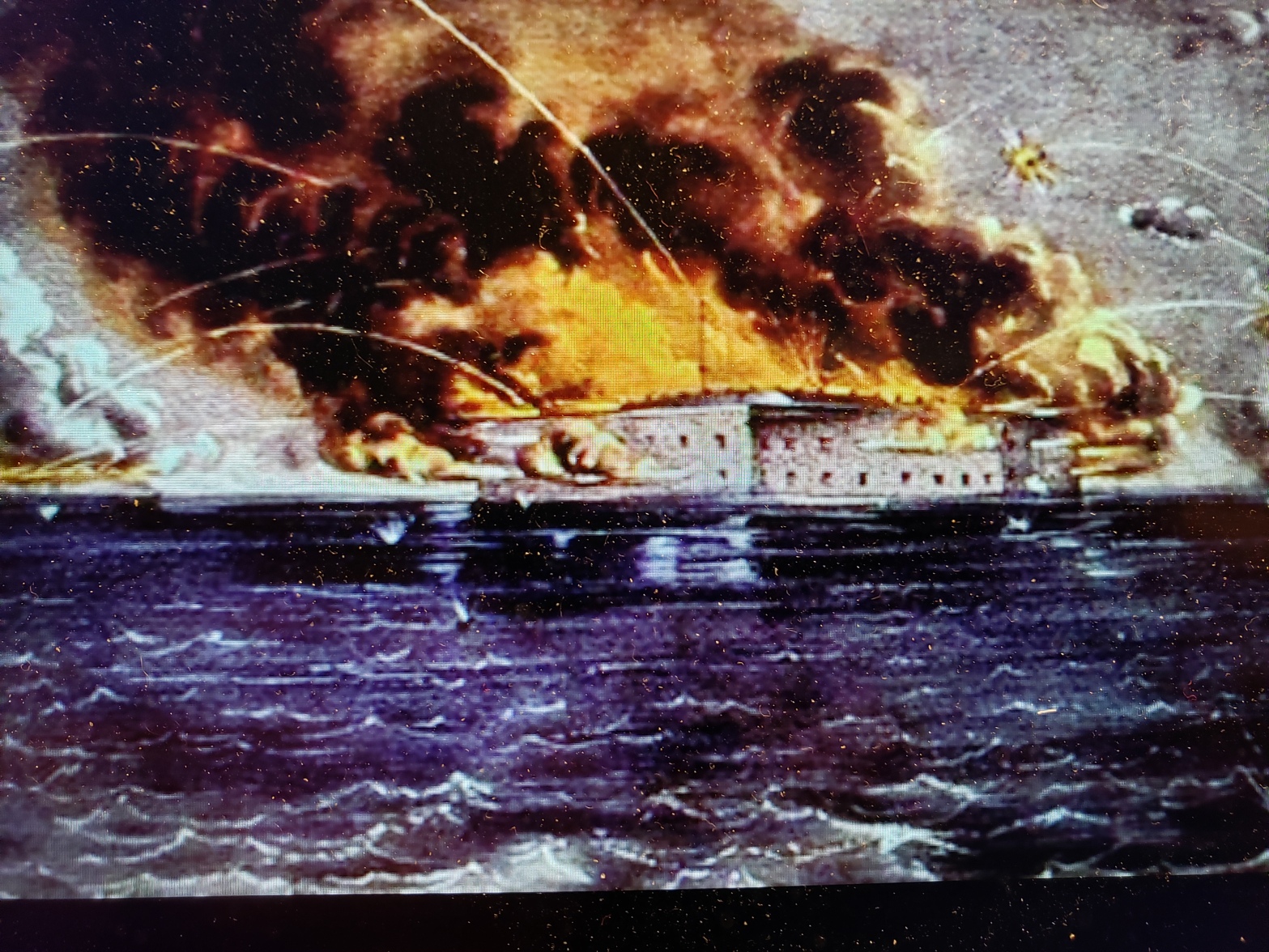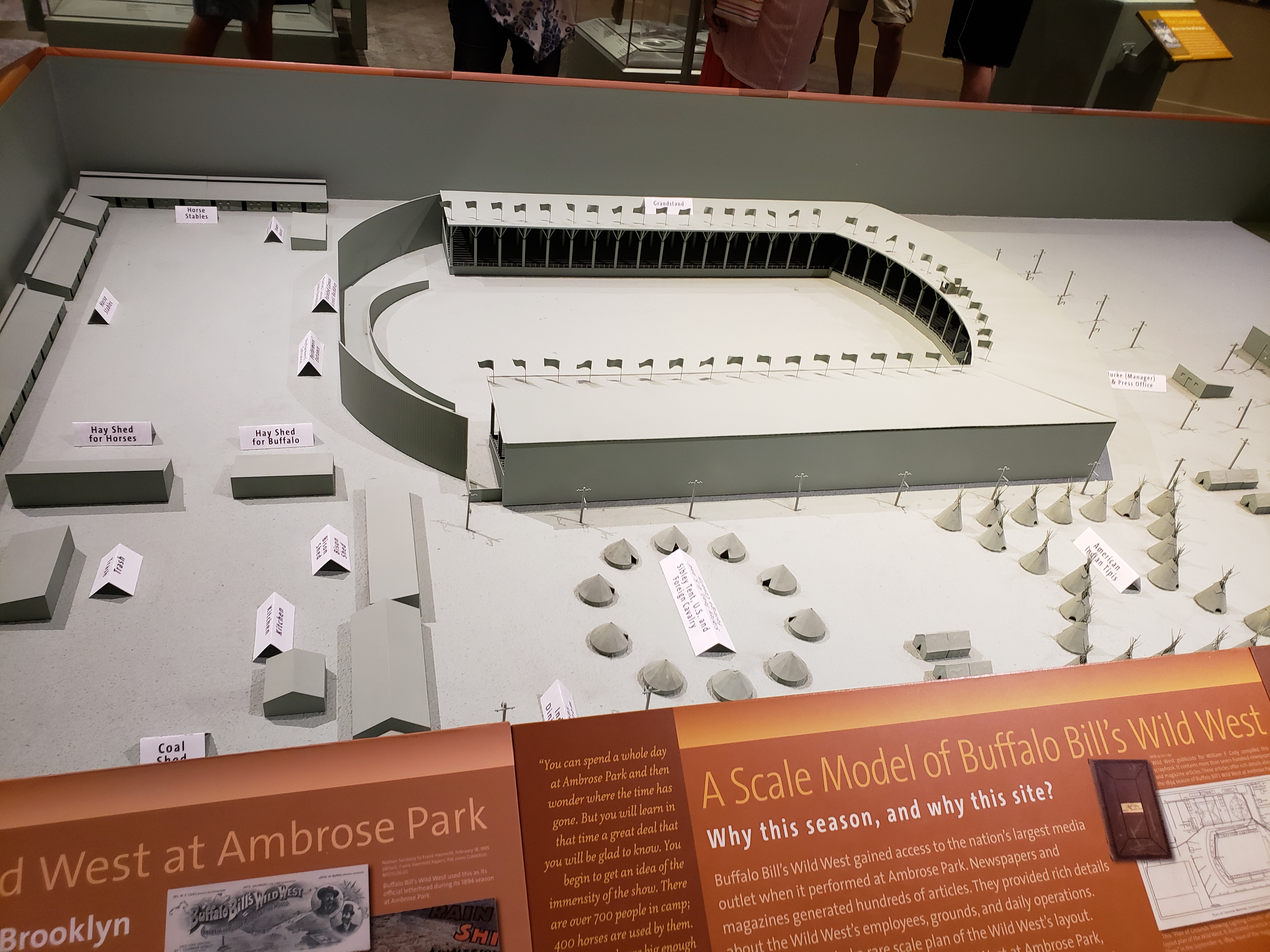I once fired a secretary because of an apostrophe. Honest.
Now in fairness, at the time I was the director of a new science museum. It was important that all written communications come across as professional and meticulously accurate. Sadly, she had mailed form letters out numerous times with typos and mis-spellings, and, understanding her limitations, I asked her to let me read all letters before she mailed them. She didn’t do it. I liked her, but she had to go.
I lost contact with her long ago, but my hope is that she treated that sad day as a learning experience. And distilled down to a very basic level, her personal history changed because of an ‘.
I thought of her when I started reading 1861, a magnificent book by Adam Goodheart about the first year of the American Civil War. He opens with a story about how the history of the United States pivoted because of the addition of the letter s in an order.
No kidding: an s.
The time: December 1860, 160 years ago this month. Southern states are threatening to secede from the 73-year-old union. Many people, both in the North and the South, assume Abe Lincoln, the new president, will just let them go peacefully.
The setting: Charleston, South Carolina; the South’s busiest Atlantic port, in the state leading the movement to secede from the Union after the election of the anti-slavery Lincoln. Charleston’s harbor is guarded by three forts designed to defend from foreign enemies, not enemies to the rear: antiquated Fort Moultrie, where Charlestonians summering on Sullivan Island stroll with their sweethearts; Fort Sumter, under construction on a man-made island and populated by a few engineers, and Castle Pinckney, which is manned by one ordinance sargeant.
The characters:
- President Buchanon’s Secretary of War, John B. Floyd: duplicitous, probably corrupt, months away from committing treason and becoming a general in the Confederate army.
- Major Robert Anderson: commander of Fort Moultrie, a Southerner, a former slaveholder, a man who takes his oath to uphold the Constitution as sacred.
Anderson barrages Washington with a flurry of letters and telegrams, describing Fort Moultrie, as indefensible. His proposed solution, evacuate to the much less vulnerable Fort Sumter.
The War Department replies with orders to avoid provoking hostilities, but — maddeningly — never responds to Anderson’s requests to move his garrison to Fort Sumter.
Then Anderson receives a letter from Secretary of War Floyd himself, and here I quote from 1861. “While the major ought to defend himself if attacked, he must not take this to mean that he should sacrifice his men’s lives ‘upon a mere point of honor.’ Indeed, it was neither wished nor expected in Washington that Anderson should undertake ‘a hopeless conflict in defense of these forts.’”
There it was: the letter s on the end of forts. Anderson disingenuously takes that one letter as a tacit indication that his responsibility is to all three forts. On December 26, 1860, under the cover of darkness, he evacuates his entire garrison of “64 men and a brass band” one mile across Charleston Harbor to the island that held Fort Sumter.
Four months later, when it becomes evident that the new president will not allow the South to slip peacefully out of the union, the rebellion boils over. Rather than waltz into Fort Moultrie and force the union garrison to peacefully concede their position, the rebels are forced to make their statement by bombarding Fort Sumter.
The bombardment instantly changes public opinion in the North. The conflict is no longer a war of words. Secession, which might have begun with a ceremonial surrender, instead begins with cannon fire. American flags break out in the North almost overnight. There is no longer any doubt about what the Union’s response will be. America is at war with itself. All because of a letter s.





 One of the coolest museums I have visited recently is the Buffalo Bill Center of the West in Cody, WY. Cody was a Pony Express rider, a soldier in the Union army, a bison hunter, a scout during the Indian Wars, and a masterful showman. Whether you think of Buffalo Bill Cody as a hero or “not so much,” he is truly one of the larger than life icons of America’s 19th Century.
One of the coolest museums I have visited recently is the Buffalo Bill Center of the West in Cody, WY. Cody was a Pony Express rider, a soldier in the Union army, a bison hunter, a scout during the Indian Wars, and a masterful showman. Whether you think of Buffalo Bill Cody as a hero or “not so much,” he is truly one of the larger than life icons of America’s 19th Century.